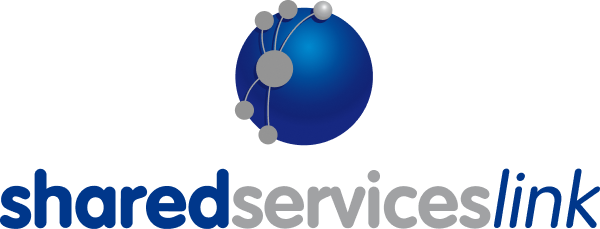The transformative effects of AP automation (Accounts Payable Automation) go beyond cost-savings, from increasing opportunities for analysis and Shared Services benchmarking to the redeployment of staff. But when calculating ROI and building a business case, it’s crucial to get to the nuts and bolts of the P2P process and reveal every opportunity for savings.
In a whitepaper, Direct Commerce identifies 8 costs that should be on your list when refining your AP automation ROI calculations:
- Mailroom. What are the costs of manually opening, sorting, scanning, and forwarding incoming invoices?
- Validation. Manually evaluating each invoice to determine which meet all validation rules is not only costly per FTE but can also be prone to error.
- Exceptions. Calculate your current invoice exception rates, breaking it down to cost per exception.
- Approvals. A major benefit of automation is streamlining this process. Calculate the average time needed to approve invoices that do not meet validation rules and break this down to cost per invoice, before building out the cost to per day, per quarter, and per year.
- Tracking. This calculation includes the cost of archiving invoices and communicating with suppliers about invoicing issues. Tip: where adoption is appropriate, supplier portals can streamline communications about invoicing issues.
- Compliance. Automation can significantly increase the real-time visibility of this process and streamline the collection of relevant data. So what are your current costs associated with monitoring and assessing invoice compliance issues?
- Support. Without real-time visibility, there will be greater staffing costs for time taken to look up invoice status and other information.
- Storage. Compared to the costs of digitally storing invoices, what are the current expenses for filing and logging invoices that may later need to be looked up and reviewed?
These are just some considerations for AP automation ROI. The whitepaper also offers a template ROI costing worksheet, explores 2 key solutions to offer fastest ROI, and examines the many add-ons to these solutions and the benefits they yield.

